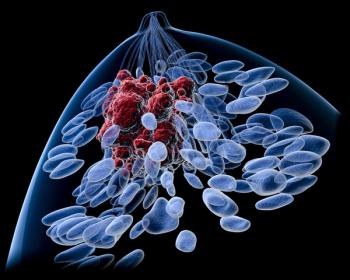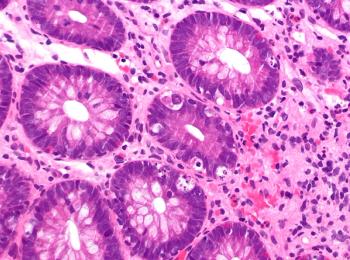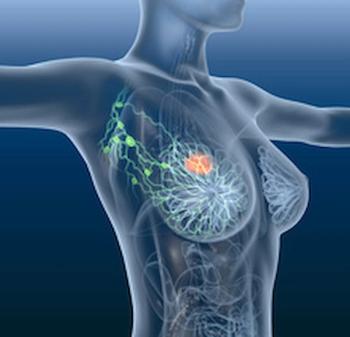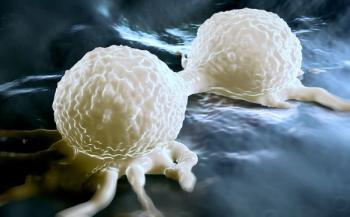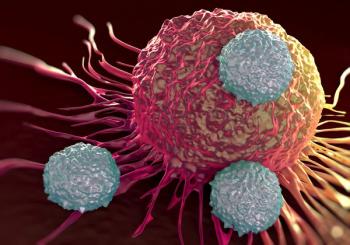
- Oncology Vol 30 No 4_Suppl_1
- Volume 30
- Issue 4_Suppl_1
(P015) Observations in Irradiation of Prostate Cancer (PC) Patients With Existing Prosthetic Penile Implants
Prostate cancer patients with penile prostheses who had pre-existing urologic problems (incontinence, penile pain, pelvic pain) and/or prior insertion of artificial urinary sphincters were more likely to experience urologic issues during RT until the 1-month follow-up.
George A. Dawson, MD, Maria D. Kelly, MD, John Masselli, CMD, Kevin P. Risolo, MMP, Alice V. Cheuk, MD; James J. Peters VA Medical Center; New Jersey VA Health Care System
BACKGROUND: The utility of penile prostheses (PPs) is proven for patients with medically refractory erectile dysfunction, even in those who have been previously irradiated to the prostate/pelvic region for prostate cancer (PC) (J Urol. 1997;158:1787–90). We will describe treatment experiences of seven patients with existing PP implants who were irradiated for PC.
METHODS: Seven patients with PC and PPs received definitive (2 pts) or salvage radiation (5 pts) at two US Department of Veterans Affairs facilities. We retrospectively reviewed their experience, evaluating reservoir location (extraperitoneal [EP] vs paravesical [PV]), radiation dose to implant components, preradiation and postradiation American Urological Association (AUA) scores, and penile implant functionality preradiation and postradiation.
RESULTS: All seven patients completed their planned course of radiotherapy (RT) without any treatment interruptions. The mean dose to the reservoirs was 1,684 cGy (PV: 2,457 cGy; EP: 653 cGy). The mean dose to the penile bulb/crus was 1,640 cGy. The mean preradiation AUA scores were 5 and 4.8 for intact vs nonintact prostate patients, respectively. One month postradiation, the scores were 11 and 8, respectively. We noted that the percent increase in mean AUA scores was worse in the intact group at 1 month postradiation; however, no further intervention was required. No patient reported a change in the functionality of the PP at the 1-month follow-up visit. Patients (n = 4) with PV PP reservoirs received the highest mean doses of radiation to reservoirs and experienced mild prostatitis requiring treatment with alpha blockers. Pre-existing urinary incontinence was unchanged. The patient with the scrotal pouch reservoir did not experience side effects. Two of three patients with EP reservoirs had significant preradiation problems consisting of penile/pelvic pain requiring pain medications.
CONCLUSIONS: PC patients with PPs who had pre-existing urologic problems (incontinence, penile pain, pelvic pain) and/or prior insertion of artificial urinary sphincters were more likely to experience urologic issues during RT until the 1-month follow-up. This suggests that some patients may require alternative interventions with novel radiation techniques and/or medical considerations upon local PC progression.
Proceedings of the 98th Annual Meeting of the American Radium Society -
Articles in this issue
Newsletter
Stay up to date on recent advances in the multidisciplinary approach to cancer.


